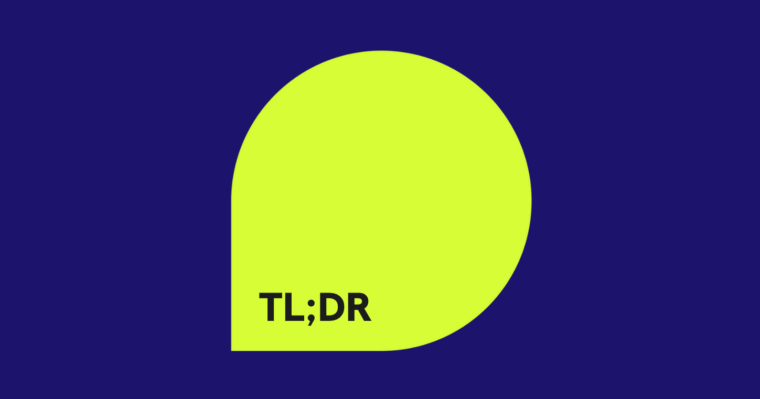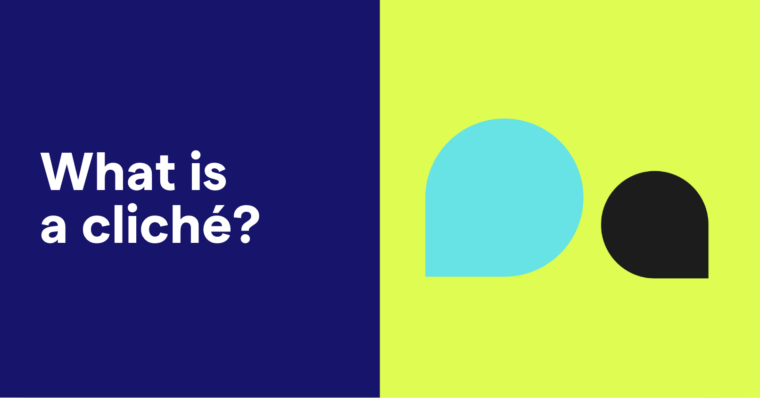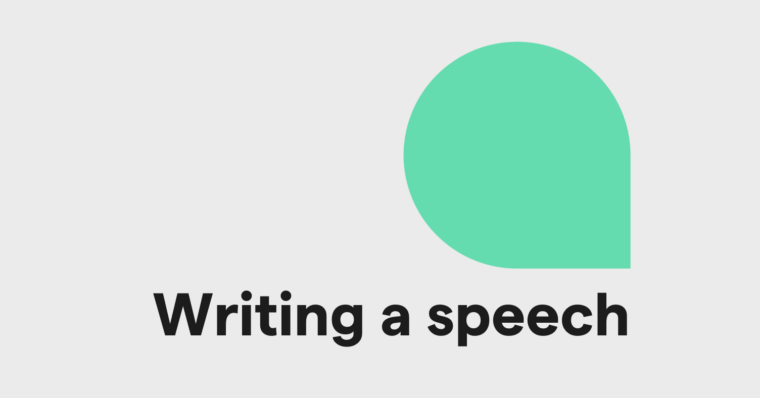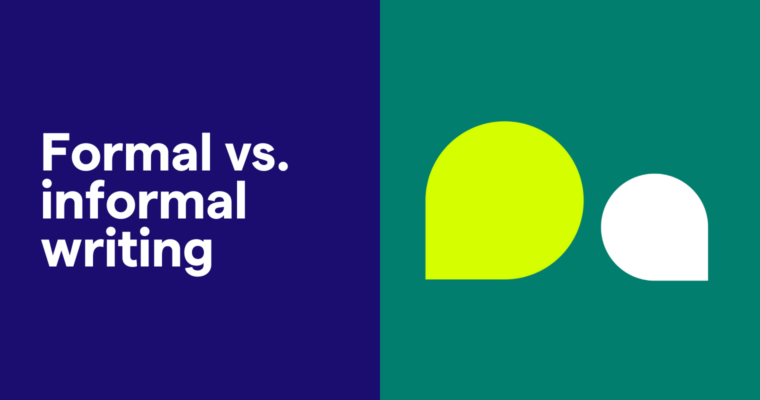
Conclusions are an important part of any research paper, essay, and other academic papers. Here are three methods you can use to make sure your conclusions are sound.
1 Don’t restate your paper
Have you been told to summarize everything you have written in the conclusion? There’s nothing wrong with doing so. Nevertheless, there is a more effective way to conclude an essay. Synthesize rather than restate the material. If you presented an argument, show the reader how all the points fit together to form a logical conclusion.
2 Don’t tell your readers how to react
It doesn’t do much good to give a reader information if they have no idea what to do with it. Some topics lend themselves to a “call to action,” a direct statement that lets readers know how to use new knowledge. The best statements also demonstrate how readers will benefit from taking such an action. For example, evaluate these two sentences:
The first sentence tells the reader what to do. The second example shows the personal benefit of taking action. This type of concluding statement doesn’t work well with all essays. Use it when you want your readers to feel equipped to perform a task.
3 Do consider your style
The words and sentence structure of your conclusion influence how your readers perceive it. For example, employing parallel structure in the last paragraph creates a sense of order that may contribute to your credibility. Short, simple phrases seem dramatic. Connecting the ideas, words, or phrases of your first paragraph to your last one adds an air of cohesiveness.
A conclusion can be a powerful tool if correctly wielded. In it, you can provide an effective review of how its components relate to one another. Once you accomplish that, don’t make your audience guess what step to take next. A call-to-action statement may be just what you need to show readers how to put your information to good use. Choose your words wisely! The length and structure of your sentences as well as your word choice will have an impact on how readers receive your message. If you apply these simple tips to your next project, your readers will flock to you!






